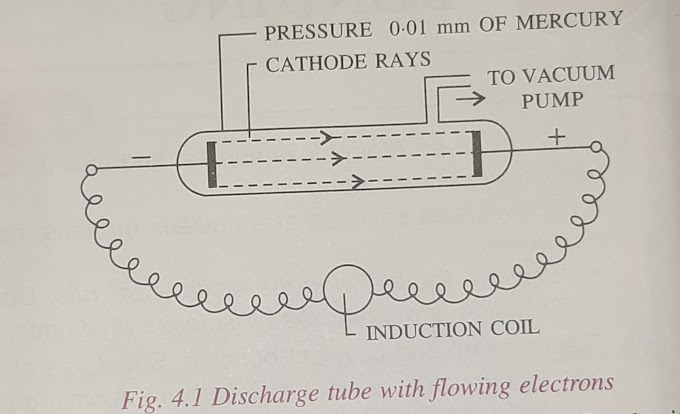ICSE - Biology Various Cell organelles
Cell - Structural and Functional Unit, Various cell organelles
Organelles are the specialised membrane bound structures in a cell, concerned with definite functions.
The organelles in a cell act like organs in an organ system in the body.
The living parts of a cell (cytoplasm, nucleus, cell organelles, cell membrane) are collectively called protoplasm or protoplast. Cell wall and chloroplasts are present only in plant cells. Centrosome and centrioles are present only in animal cells.
Various cell organelles:
Cell membrane:
- Characteristics: Outermost in animal cells, second outermost in plant cells, very thin, flexible, living, have fine pores, semi-permeable, made of lipoproteins.
- Functions: Separates contents of cell from the surroundings, regulates entry of certain substances, maintains shape of animal cells.
Cell wall:
- Characteristics: Outermost and only in plant cells, non-living, freely permeable, made of cellulose.
- Functions: Gives rigidity and shape to plant cells, allows all substances to enter, provides protection.
Cytoplasm:
- Characteristics: All parts inside plasma membrane excluding nucleus, has water and soluble organic and inorganic compounds and organelles.
- Functions: Organelles in it perform various functions, metabolic activities occur in it, glycolysis occurs here.
Endoplasmic reticulum:
- Characteristics: Irregular network of double membraned tubules, attached with one end at cell membrane and other at nuclear membrane, may be rough or smooth because of ribosomes.
- Functions: support for cell, synthesis and transport of proteins and fats.
Mitochondria:
- Characteristics: Sausage-shaped, double walled, has folds on inside called cristae, have their own DNA, have their own ribosomes.
- Functions: Release of energy by Kreb’s cycle, Synthesis of respiratory enzymes.
Golgi apparatus:
- Characteristics: Flattened membrane sacs, has tubules, vesicles and vacuoles.
- Functions: Synthesis and secretion of enzymes, hormones, etc., formation of acrosome of sperm.
Ribosomes:
- Characteristics: Granules scattered in the cytoplasm or attached to the endoplasmic reticulum, single walled, dense, spherical, made of RNA.
- Functions: Protein synthesis.
Lysosomes:
- Characteristics: Membranous sacs budded off from Golgi body, has 40 different enzymes, also called suicide bags.
- Functions: Intracellular digestion, destroy foreign substances, destroy cell if injured or old, digest cartilages for bone formation.
Centrosome:
- Characteristics: Region surrounding centrioles near the nucleus, has one or two centrioles which are surrounded by microtubules.
- Functions: Initiates and regulates cell division, forms spindle fibres with the help of asters.
Plastids:
- Characteristics: Double membraned, proteinaceous, disc-like structures called thylakoids have chlorophyll.
- Functions: Chloroplasts have chlorophyll, leucoplasts store starch, chromoplasts have pigments like Xanthophyll (yellow) and Carotene (orange-red).
Nucleus:
- Characteristics: Largest organelle, spherical and dense, have nuclear pores for substance transportation.
- Functions: Regulates cell activities, cell dies if removed, have chromosomes which carry hereditary information.
Nucleolus:
- Characteristics: Round shaped structures found inside nucleus.
- Functions: Produces ribosomes, forms and stores RNA, dictates ribosomes to make proteins.
Chromatin fibres:
- Characteristics: Network of thread like structures in the nucleus, form chromosomes during cell division.
- Functions: Chromosomes carry genetic information from parents to offspring.
Vacuoles:
- Characteristics: Clear spaces with water or other substances in solution, covered by tonoplast.
- Functions: Storage of water, food, pigments, and waste products, gives turgidity to plant cells, pigments like anthocyanins (violet-blue) are present.
Granules:
- Characteristics: Small particles, crystals or droplets.
- Functions: Stores starch (plants), glycogen (animals), fat-containing granules serve as food for the cell.





0 Comments
Hope Everyone Reading my posts are gaining KNOWLEDGE and able to know something new and informative.
📚📖📕🧾📝😅
Sharing is Caring. So please share this website with everyone you know so that they can also improve their KNOWLEDGE !!!